Spice & Soul: The Rich Legacy of the Mayan Cocoa Drink
When you think of chocolate, your mind might drift to sweet bars or creamy desserts. But centuries before sugar-laced confections, the Mayans crafted something far more intense, ritualistic, and richly spiced — the Mayan cocoa drink. This was no ordinary beverage; it was a sacred brew, a currency, and a symbol of divine power.
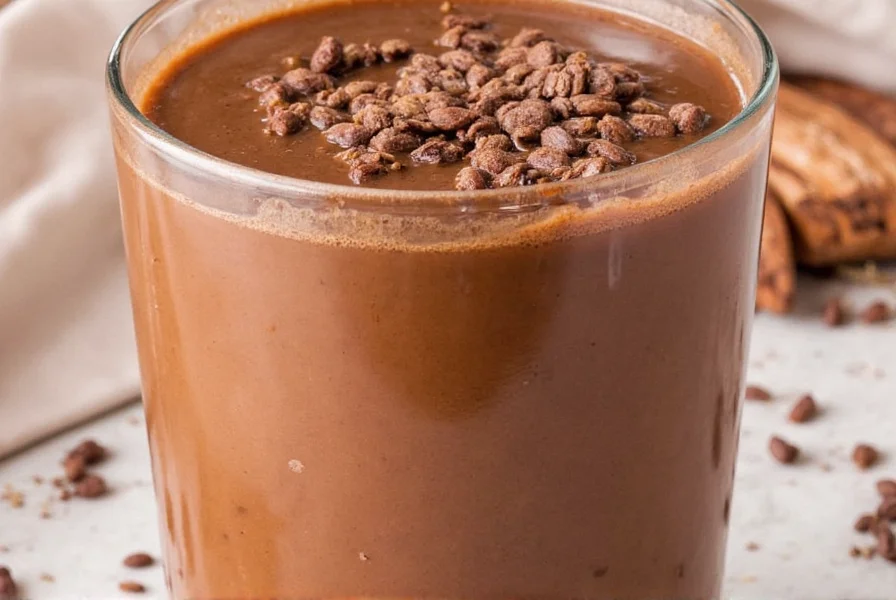
Table of Contents
- Origins of the Mayan Cocoa Drink
- Key Ingredients That Define Its Character
- Cocoa in Mayan Rituals and Daily Life
- Why It's Making a Comeback Today
- How to Make Your Own Mayan-Style Cocoa at Home
- Buying Guide: Choosing Authentic Ingredients
- Conclusion: A Timeless Brew for Modern Times
Origins of the Mayan Cocoa Drink
The history of the Mayan cocoa drink stretches back over 2,500 years. Unlike today’s sweetened versions, this ancient brew was bitter, frothy, and often spiced with chili, vanilla, and other botanicals. Cacao beans were so valuable they even served as currency in Mayan society.
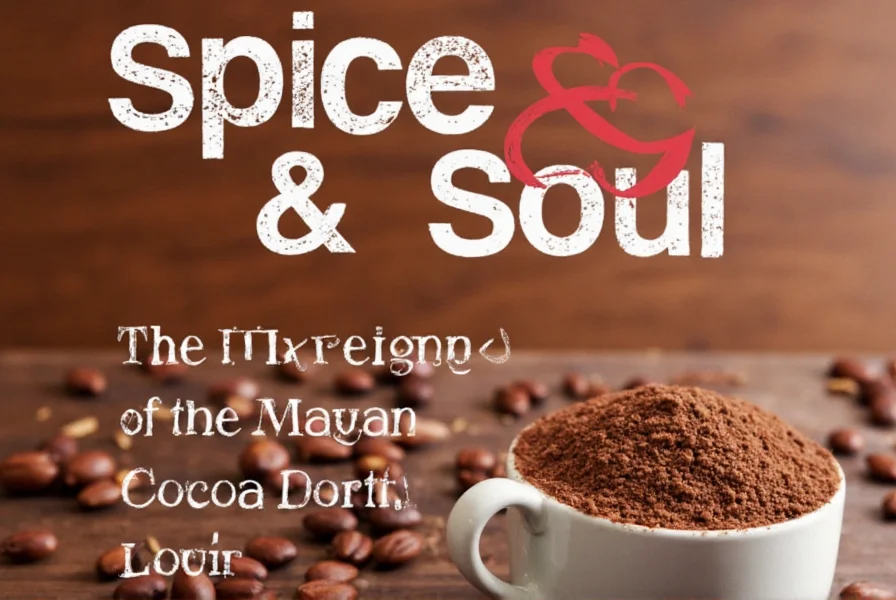
Cacao was considered a gift from the gods, especially the feathered serpent god Kukulkan. Priests used it in rituals, warriors drank it for energy before battles, and nobles enjoyed it in elaborate ceremonies. Frothing the drink by pouring it from one vessel to another high above was believed to release its spiritual essence.
Key Ingredients That Define Its Character
Authentic Mayan cocoa drinks rely on just a few potent ingredients, each contributing depth and character:
- Cacao Nibs or Paste: Unsweetened, raw, and intensely earthy.
- Ancho or Habanero Chili: Adds heat without overwhelming the palate.
- Vanilla Pods: Earthy sweetness that balances bitterness.
- Cinnamon: Offers warmth and complexity.
- Allspice: Subtle peppery notes reminiscent of clove and nutmeg.
- Achiote (Optional): Gives a reddish hue and mild peppery flavor.
| Ingredient | Flavor Profile | Historical Use |
|---|---|---|
| Cacao | Bitter, earthy, slightly fruity | Rituals, currency, medicine |
| Chili | Spicy, bright, pungent | Energizing, stimulating |
| Vanilla | Sweet, floral, aromatic | Aphrodisiac, ceremonial use |
| Cinnamon | Warm, woody, mildly sweet | Preservation, flavor enhancement |
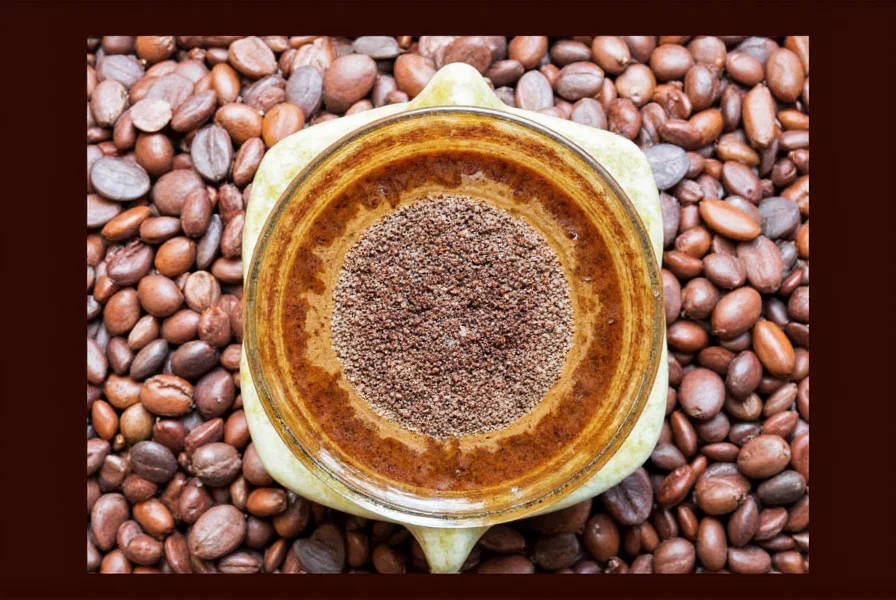
Cocoa in Mayan Rituals and Daily Life
In Mayan society, the cocoa drink wasn’t merely consumed — it was revered. Used in religious rites, marriage ceremonies, and even burial offerings, cacao symbolized life, death, and rebirth.
During celebrations, noble families would serve the drink in ornately decorated ceramic vessels. Frothing was achieved by pouring the liquid between tall jugs, creating a thick foam considered essential for activating the drink’s soul.
Warriors carried roasted cacao beans into battle for stamina. Some legends suggest that consuming cacao gave them supernatural strength — or perhaps just the kick of natural stimulants like theobromine and caffeine.
Why It's Making a Comeback Today
In recent years, there's been a growing interest in heritage foods and beverages. People are rediscovering the Mayan cocoa drink not only for its bold flavors but also for its health benefits and cultural richness.
Modern foodies appreciate its low sugar content, functional properties, and artisanal preparation. Meanwhile, chefs and mixologists have begun experimenting with it in craft cocktails, desserts, and wellness tonics.
Thanks to global spice trade revivals, sourcing authentic cacao and spices is easier than ever. Whether you're sipping it hot after a yoga session or blending it into a smoothie, the ancient recipe has found a new place in contemporary wellness culture.
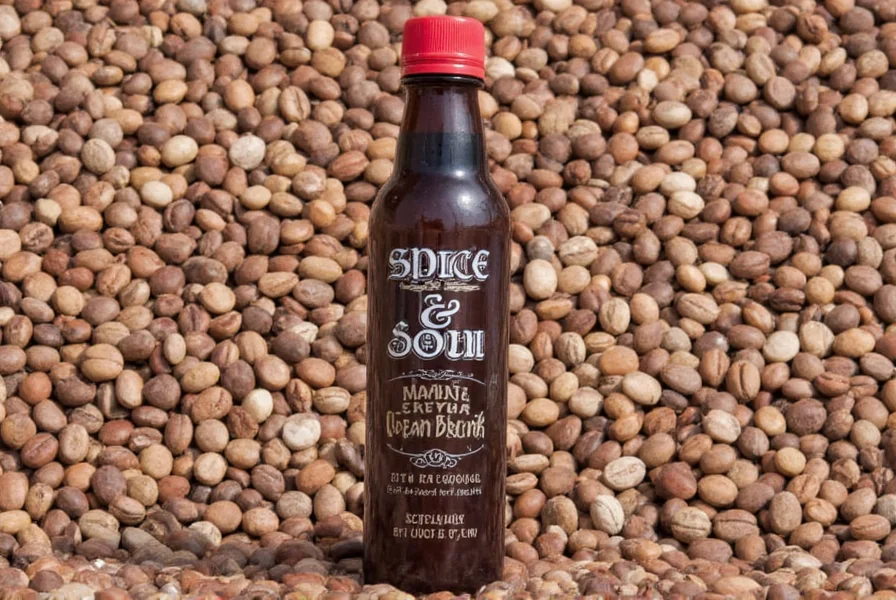
How to Make Your Own Mayan-Style Cocoa at Home
Making your own version of the Mayan cocoa drink doesn't require ancient tools — just a little creativity and respect for tradition.
Ingredients:
- 1/4 cup unsweetened cacao nibs or paste
- 1 tsp ground cinnamon
- 1/2 tsp ground allspice
- 1/4 tsp chili powder (adjust to taste)
- 1 cup water or almond milk
- 1 tbsp maple syrup or honey (optional)
Steps:
- In a saucepan, combine water or milk with cacao paste or nibs.
- Heat gently while stirring until the cacao melts completely.
- Add spices and simmer for 5–10 minutes to infuse the flavors.
- Using a whisk or molinillo (traditional wooden frother), vigorously stir to create foam.
- Pour from one container to another from a height to enhance frothiness — just like the Mayans did!
- Serve warm and enjoy your piece of history.
Buying Guide: Choosing Authentic Ingredients
If you’re ready to dive deeper into making traditional Mayan cocoa, selecting quality ingredients is key. Here's a guide to help you pick the best:
| Product | Features | Advantages | Use Cases | Target Audience |
|---|---|---|---|---|
| Certified Organic Cacao Paste | Raw, unroasted, minimally processed | Retains antioxidants, intense flavor | Traditional brewing, raw desserts | Health-conscious consumers, purists |
| Wild-Harvested Maya Choco Spices Mix | Includes ancho chili, vanilla, cinnamon | Convenient, balanced flavor profile | Quick homemade drinks, gift sets | Busy professionals, beginners |
| Hand-Carved Molinillo Whisk | Traditionally used for frothing | Enhances authenticity, eco-friendly | Ceremonial drinks, kitchen decor | Coffee/cocoa enthusiasts, collectors |
| Stone Ground Chili Powders | Natural, smoke-free, slow-dried | Deep flavor, ideal for frothy drinks | Spicing up beverages, marinades | Home cooks, adventurous eaters |
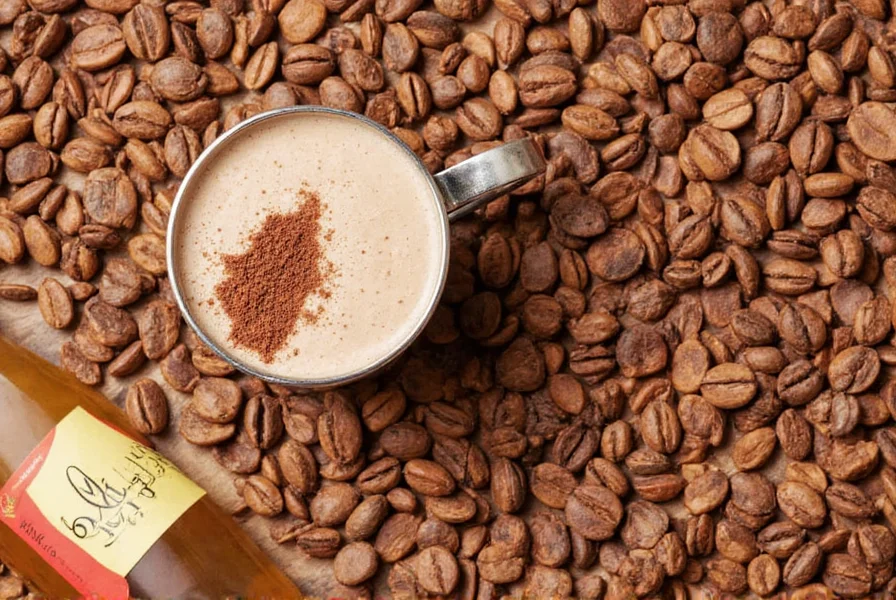
Look for organic, ethically sourced products whenever possible. Many small-scale farmers in Central America now offer direct-trade options, allowing you to support sustainable practices while enjoying authentic flavors.
Conclusion: A Timeless Brew for Modern Times
The Mayan cocoa drink is more than a historical relic — it’s a vibrant celebration of flavor, culture, and community. From ancient rituals to modern kitchens, this spiced elixir continues to inspire with its depth, versatility, and soulful warmth.
Whether you're a seasoned spice lover or simply curious about global traditions, exploring this ancient brew can open up new sensory horizons. So why not pour yourself a cup, raise it high to make the foam dance, and connect with thousands of years of human heritage — one sip at a time?
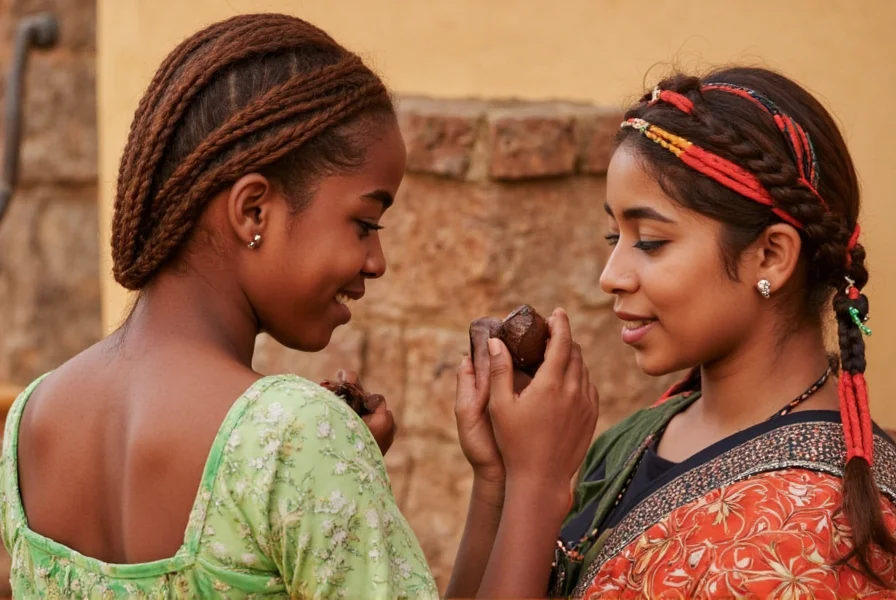

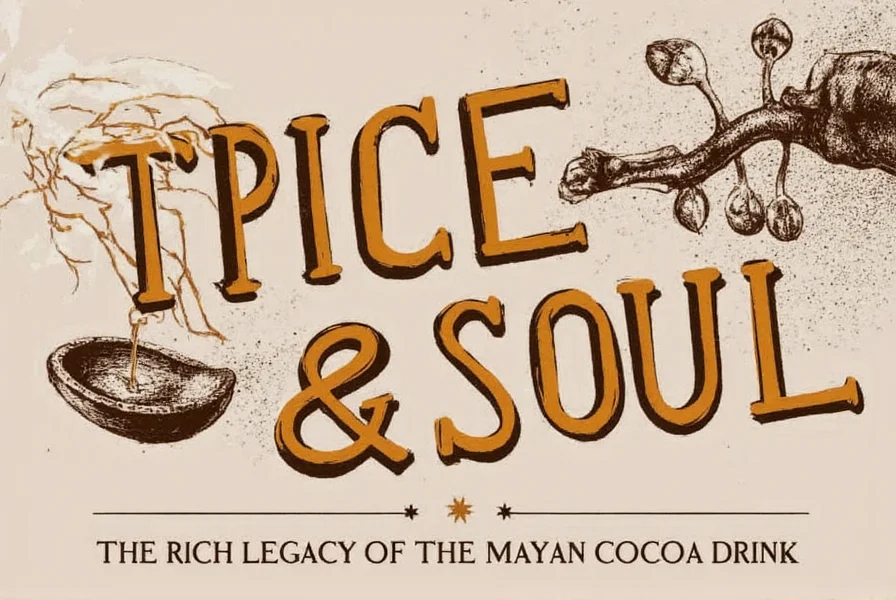









 浙公网安备
33010002000092号
浙公网安备
33010002000092号 浙B2-20120091-4
浙B2-20120091-4